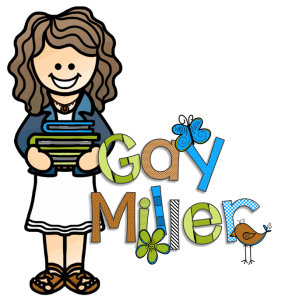
Are you looking for a unit to teach Ancient Rome? Look no further. This unit has it all. Digital, printable, and interactive activities make this unit both engaging and flexible.
Check out the Ancient Rome Unit with this free sample.
Ancient Rome Unit Routine
This unit contains 11 lessons. Each lesson follows the same routine. Day 12 is set aside for a unit test and for students to present their projects to the class.
Activity #1 – Ancient Rome Vocabulary

First, present the vocabulary words. Definitions are included in the teacher presentation to help with this.
Next have students practice using the words.
Paper Option #1 – Have students create a vocabulary card for each word.
Digital Option #2 – The vocabulary practice pages in Google Slides have boxes on the left sides of the pages for students to type definitions.
Practice – Finally students complete a practice exercise found in the vocabulary booklet. Practice is also provided in Google Slides.
Activity #2 – Read Ancient Rome Article

Next, have students read the assigned article. You have three options for presenting this article to students.
- Website – Have students read the assignment online on my website. One advantage to this is the website contains extra pages that are not presented using the other two methods. This is great for differentiated instruction. More advanced students can expand their knowledge with additional reading. Another advantage is students go directly to the website to read. This means no downloading to Google Drive or making printable copies.
- Google Slides – These articles are designed in text boxes, so students can highlight and/or add notes to the articles.
- Printable – This is the option you will need if you don’t have individual devices. Printables are also great to have in case the Internet is down or working slowly.
Activity #3 – Ancient Rome Discussion with Note Taking

Teacher and student Google Slides are provided. The teacher presentation aids in the discussion of the articles and emphasizes important details. This pairs with student pages for note-taking. Students write or type notes [depending on which version you opt to use] in a “Graffiti Notes” [also referred to as “Doodle Notes”] exercise.
Lessons include:
- Ancient Rome Introduction
- Rome’s Geography and Early History
- Government
- The Punic Wars and The Fall of Greece
- Civil War
- Roman Gods and Goddesses
- Classes of People
- Architecture and Technology
- Rome and Christianity
- The Diaspora of the Jewish People
- The Fall of the Roman Empire
- Optional Pompeii
Activity #4 – Technology Integration
Teacher Google slides include embedded YouTube videos. Videos present the same material in short clips. I find that presenting the lesson’s information using different media really aids in student retention of the material.


Activity # 5 – Quiz
A short quiz (in both Google Forms and printable versions) is provided for each lesson. Depending on the level of your students, this can be an open-notes or closed-notes quiz.
Activity # 6 – Hands-On Activity
Activity 6 includes hands-on activities that work with the lesson. Some lessons include interactive Google Slides where students move pieces around. Students label maps, make timelines, etc. Some lessons contain links to sections of my website where students can complete online crossword puzzles, play hangman, and so on. Other lessons include craft suggestions and recipes that can be done in the classroom. I like to include at least two short crafts or one longer craft for each unit.
Ancient Rome Unit Project
For many, the Ancient Rome Unit comes toward the end of the school year. Due to this, the project includes several activities all on the same topic. This will greatly reduce the amount of time students spend researching compared to doing similar activities that are not connected. Also, the projects cover a large number of Common Core and Next Generation Science Standards
Students will:
- make models of Roman architectural innovations [i.e. dome, arch, column, etc. OR Coliseum, Pantheon, Baths of Caracalla, etc.]
- create infographic posters, digital slide presentations, or videos explaining the construction of the structure
- write argumentative essays explaining why their selected structure is the best Roman architectural innovation
- work in small groups to plan a short presentation to the class
- hold a debate – Students use the information from their argumentative essays to debate.
Additional Resources
The additional resources section includes everything students will need to complete the project such as planning pages and grading rubrics.
Check out the Ancient Rome Unit with this free sample. Purchase the full unit here.
Check out Ancient Rome web pages at Book Units Teacher.






